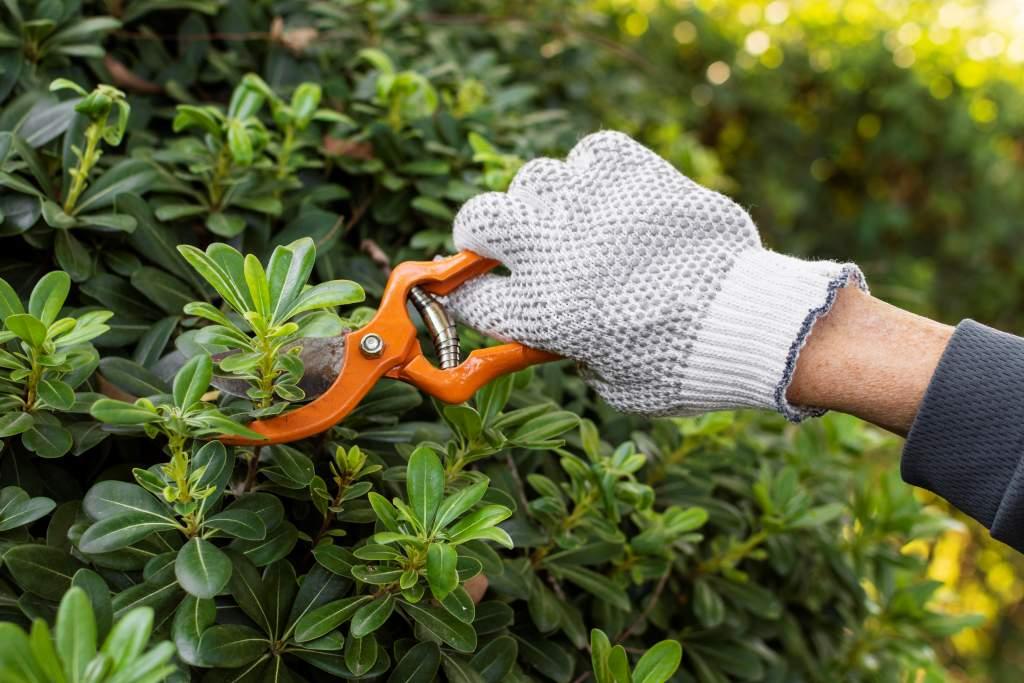Tree Pruning: Best Arborist Guide 2025

Tree pruning is the selective removal of specific branches or stems to benefit the whole tree. Unlike trimming, which is often cosmetic, pruning enhances a tree’s structure, health, and safety.
Why Tree Pruning Matters
Pruning is essential for:
-
Promoting healthy growth
-
Improving air circulation and sunlight penetration
-
Removing diseased, dead, or hazardous limbs
-
Shaping the tree for aesthetic and structural reasons
-
Preventing interference with power lines or buildings
Types of Tree Pruning
1. Crown Cleaning
Removes dead, diseased, or broken branches.
2. Crown Thinning
Removes select branches to increase light and air movement through the canopy.
3. Crown Raising
Removes lower branches to clear space for vehicles, pedestrians, or buildings.
4. Crown Reduction
Reduces the height or spread of a tree while maintaining its natural shape.
5. Structural Pruning
Focuses on young trees to encourage strong growth patterns and avoid future problems.
When to Prune Trees
-
Winter (Dormant Season): Best for major structural pruning. It encourages vigorous growth in spring.
-
Spring/Summer: Ideal for light pruning and removing dead or dangerous limbs.
-
Avoid Fall: Trees heal slower in autumn, increasing risk of infection or decay.
Tools Used for Pruning
-
Hand pruners (for small branches)
-
Loppers (for medium branches)
-
Pruning saws (for thicker branches)
-
Pole pruners (for higher branches)
-
Chainsaws (for major cuts, typically used by professionals)
Always ensure tools are clean and sharp to prevent disease spread and make clean cuts.
Benefits of Regular Tree Pruning
-
Encourages stronger, healthier growth
-
Prevents tree diseases and pest infestations
-
Reduces risk of falling branches
-
Enhances curb appeal and property value
-
Helps fruit trees yield better and more abundant harvests
Signs Your Tree Needs Pruning
-
Broken or dead branches
-
Branches growing too close to power lines or your home
-
Dense canopy blocking sunlight
-
Signs of disease or fungus
-
Suckers or water sprouts at the base or trunk
Tree Pruning Safety Tips
-
Wear gloves, goggles, and sturdy shoes
-
Use proper tools for the job
-
Never prune near power lines—call a professional
-
Don’t over-prune—removing more than 25% of a tree’s canopy at once can cause stress or death
DIY vs. Professional Tree Pruning
DIY Tree Pruning
Suitable for small trees and basic cuts. Requires knowledge of tree species and growth patterns.
Hire a Professional If:
-
The tree is large or near structures
-
You need to climb or use power equipment
-
The branches are near electrical wires
-
The tree is diseased or structurally unstable
How Often Should You Prune Trees?
-
Young Trees: Every 1–2 years for structure
-
Mature Trees: Every 3–5 years or as needed
-
Fruit Trees: Annually, usually late winter or early spring
-
Fast-Growing Trees: May need more frequent pruning
Common Mistakes to Avoid
-
Topping Trees: Cutting the main branches indiscriminately damages tree health
-
Over-pruning: Weakens the tree and exposes it to pests
-
Wrong timing: Can shock the tree or lead to disease
-
Incorrect cuts: Ragged cuts take longer to heal and are prone to infection
Tree Pruning and Local Laws
Some municipalities have rules about tree pruning, especially for trees near sidewalks or streets. Always check local guidelines before beginning.
Conclusion
Tree pruning is more than just cutting branches—it's an investment in your landscape's health, beauty, and safety. Whether you're maintaining fruit trees, large shade trees, or ornamental species, regular pruning ensures your trees thrive for years to come. When in doubt, consult a certified arborist to protect your greenery and your property.
FAQs
1. Is pruning the same as trimming?
Not exactly. Trimming is usually done for aesthetics; pruning is done for health and safety.
2. How much of the tree should I prune at once?
No more than 20–25% of a tree’s canopy should be removed in a single session.
3. Will pruning kill a tree?
If done incorrectly or too aggressively, yes. That’s why proper technique and timing are critical.
4. Can I prune my tree in summer?
Yes, but only light pruning. Avoid heavy pruning during active growing seasons unless it’s for safety.
5. Do fruit trees need special pruning?
Yes. Fruit trees are pruned annually to control shape, boost airflow, and improve fruit production.








